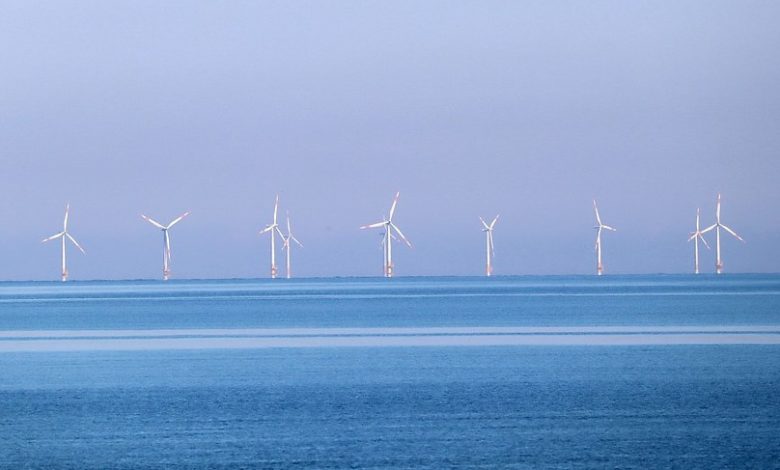$30bn British offshore wind power project presses ahead

London-based Hecate Independent Power Limited (HIP) has announced the launch of the £21bn ($30bn) HIP Atlantic Project which involves the installation of 10,000 MW of fixed and floating wind turbines in the North Atlantic.
The turbines will be connected to the UK grid by high-voltage direct current (HVDC) submarine transmission cables which will be manufactured in a new £200m cable plant, built at a port location in the northeast of England.
HIP said that the first phase of the project involves the development of four 1,000 MW wind farms called pods. The company has therefore submitted initial applications to the National Grid Company for the necessary connections to the UK’s 400 kV transmission system.
HIP’s chairman and former UK energy minister, Sir Tony Baldry, said: “HIP Atlantic fulfils prime minister Boris Johnson’s vision of attracting investment and job creation in the north of England as part of this country’s ambitious policy to make Britain the world leader in offshore wind energy. We will stretch the zone of British-operated wind generation outside of our traditional territorial waters, pushing the boundaries of existing cable technology to generate over 1,000 km from our grid landfall points throughout England.”
Since 2012 Hecate has been developing 1,100 MW of solar projects and 138 MWh of battery storage projects with an asset vale totalling $1.1bn. Hecate has another 750 MW of renewable projects beginning construction in the next year and an active development pipeline exceeding 12 GW capacity.

Will this technology withstand the N. Atlantic in mid-winter? How will these installations be maintained and what is their reliability likely to be. Wind power and solar in the UK has contributed single digit contributions to aggregate national demand for weeks due to long periods of calm overcast weather. Reliance on intermittent generation is strategically risky and requires back up or the electric future will not happen
There have been recent concerns raised about cable maintenance on off shore installations in less storm blasted waters. This cannot be ignored given the potential length of the cable runs of the Atlantic project and could compromise the economics. A recent report from a leading Scottish University cast considerable doubt on the much trumpeted “lowest electricity generation cost claims. The cable issue needs to be recognised and factored in..
Wind power is breaking all records 🙂